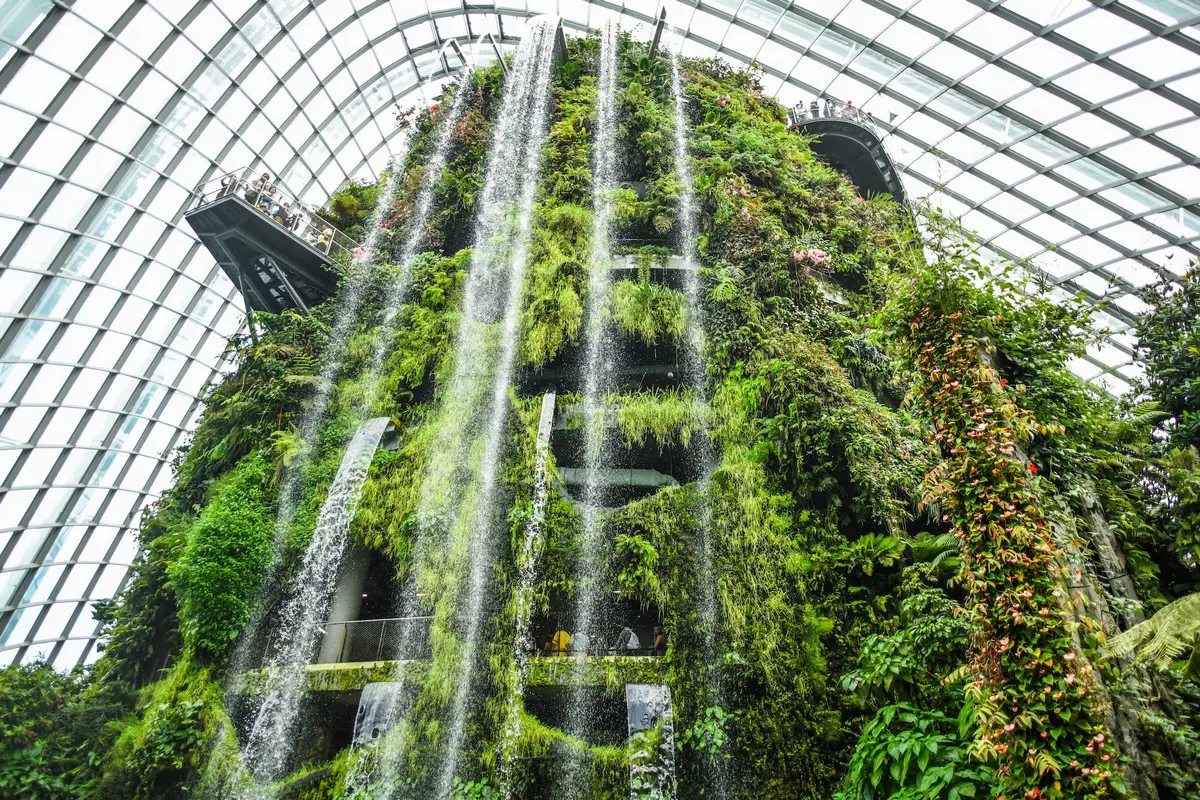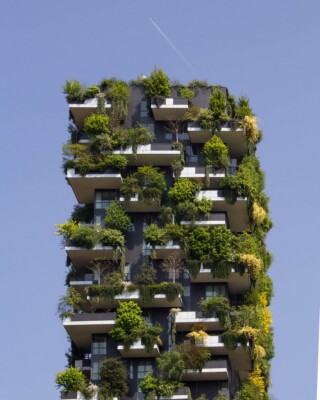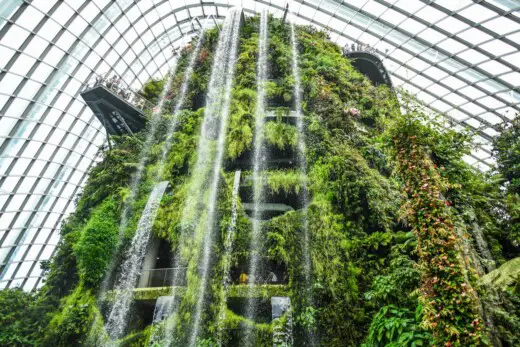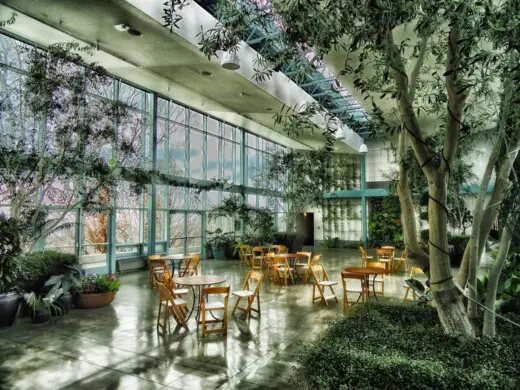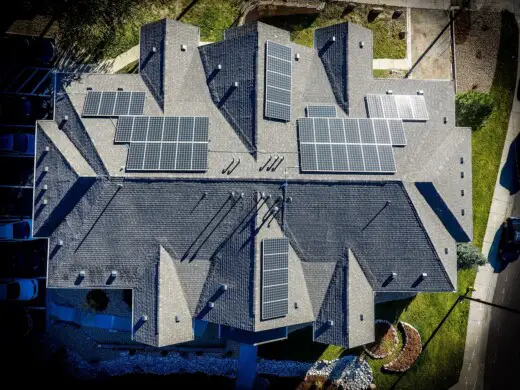Architects environmentally friendly work advice, Home window restoration tips, Property refurb
How architects can make their work more environmentally friendly
3 February 2023
As the environmental crisis continues to worsen, it is increasingly important for architects and businesses to be more conscious of the environmental impact of their work. Architects have an immense responsibility to create buildings that are both aesthetically pleasing and sustainable. By incorporating green design principles, architects can reduce their buildings’ environmental impact and create more sustainable architectures.
What is green design?
Green design is the process of designing a building that is sustainable and environmentally friendly. Buildings have an immense environmental impact, which is why eco-design is so important. By incorporating green design principles, architects can reduce their buildings’ environmental impact and create more sustainable architectures. How can architects and developers create green designs? There are many ways. By using renewable energy sources, reducing energy consumption, and utilising natural resources, architects can go a long way to mitigating the usual environmental impacts of buildings.
Examples of green design
A significant element of sustainable design is incorporating technologies which generate and harness clean energy. Solar panels are an example of a building feature that generates renewable energy – incorporating these into a construction project can help go a long way in achieving green credentials. Reduced energy consumption, through energy-efficient heating and cooling systems, can also help to reduce carbon footprints. Alternatively, natural ventilation systems such as stack ventilation make use of the flow of air to naturally heat and cool buildings. Stack ventilation works by allowing warm air to rise in a building to then use the vacuum left behind to pull in fresh air through windows on the ground floor.
These are just some basic green design examples that can be easily applied to tomorrow’s architectural designs without massive investment or ground-breaking technological appliances. For businesses looking to improve their green credentials, moving into these types of premises can certainly help make a good first impression on their clients and customers. For more advice on improving a company’s net zero targets, it could be worth looking at ESG consulting.
Challenges of green design
There are many challenges to achieving green design. One of the biggest challenges is simply raising awareness about the importance it represents and the impact of architecture on the environment. Architects also need to understand the importance of sustainable building, as well as have the tools and resources to incorporate sustainable features into their work. They must also have the support of clients and building owners who see the importance of green design.
- How awareness is being raised: Raising awareness about complex issues has never been an easy thing to do for any campaigners; but thanks to a growing community of climate-conscious people, this important information is becoming more widely known.
- Utilising the right tools and resources: By adopting new tools and technologies, such as 3D printing for example, one can greatly reduce the overall carbon footprint of a construction project.
- How to gain client/owner support: The best way to do this is by demonstrating the cost-saving potential behind a green design, as mentioned above, 3D printing can greatly reduce labour and material demand thus creating substantial savings.
Examples of sustainable design
Architects can use renewable resources, such as locally sourced materials, that reduce imported materials and help reduce pollution. For example, it is much more environmentally friendly, from a carbon emissions point of view, to buy wood that comes from a nearby sustainably managed forest than importing it from abroad. As for reducing energy consumption, architects can reduce energy consumption by designing buildings that minimize energy loss, using natural light and using environmentally friendly technologies. A simple example of this can be using energy-efficient light bulbs or using water-saving toilets.
Green Building Design – Conclusion
The environmental crisis is worsening, and architects have an immense responsibility to create buildings that are both aesthetically pleasing and sustainable. Although this is a great challenge and an added level of difficulty for architects and construction workers, it can be achieved. Sustainable architecture is becoming increasingly important as the human race struggles to balance the need for economic growth with the need to protect the environment.
Sustainable buildings can help to reduce pollution and offset carbon emissions which goes a long way to protecting the environment. The construction industry is unfortunately a significant contributor to global warming and the rise in CO2 emissions over the years. Making the design of tomorrow’s buildings greener and more sustainable will be of great importance to the planet and can make it a healthier and more liveable place.
Comments on this guide to Architects environmentally friendly work article are welcome.
Architecture
Edinburgh University Buildings
Comments / photos for the Architects environmentally friendly work advice page welcome
